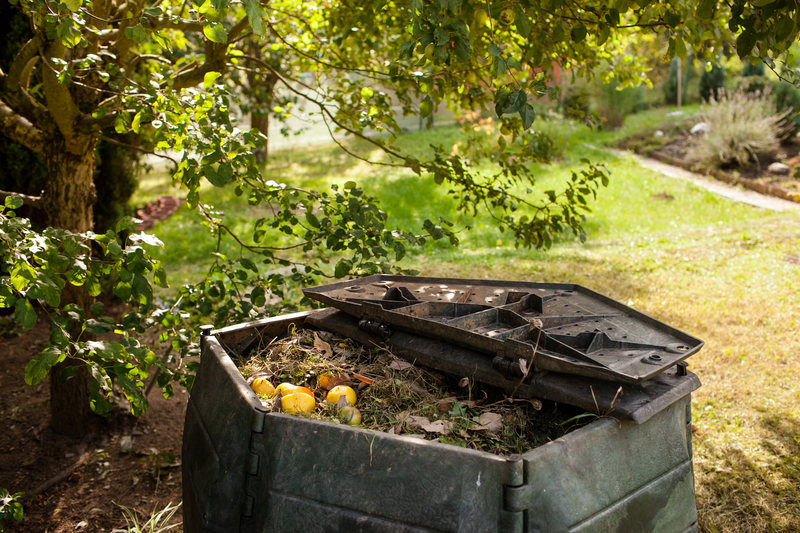Inexpensive Waste Collection
Posted on 01/02/2025
Waste collection is an essential service that ensures the cleanliness and hygiene of our living and working environments. With increasing consumerism and population growth, efficient and cost-effective waste collection solutions are becoming crucial. In this article, we explore how to achieve inexpensive waste collection, the pros and cons associated with different methods, practical tips, major takeaways, and a conclusion on the topic.
Understanding Inexpensive Waste Collection
Inexpensive waste collection refers to methods and practices that minimize costs while maintaining effective waste management. This can involve various strategies, such as reducing the volume of waste generated, optimizing collection routes, and using affordable disposal methods. Balancing cost-effectiveness with environmental responsibility is the key objective.

Methods for Inexpensive Waste Collection
1. Recycling and Composting
Recycling and composting are excellent methods to reduce the amount of waste that ends up in landfills. By separating recyclables like glass, plastic, and paper from organic waste, you can significantly cut down on the volume of waste that needs to be collected and disposed of. Composting organic waste reduces landfill use while creating valuable compost for gardens.
2. Bulk Waste Collection
Bulk waste collection involves collecting large, bulk items like furniture and appliances less frequently but in larger quantities. This reduces the number of trips needed and can lower transportation and labor costs. Many municipalities offer bulk waste collection days or on-demand services.
Technologies for Cost-Effective Waste Management
1. GPS and Routing Software
Implementing GPS and routing software can optimize waste collection routes, reducing fuel consumption and labor costs. These technologies can help ensure that collection vehicles take the most efficient paths, saving time and resources.
2. Automated Waste Collection Systems
Automated waste collection systems, such as side loaders and robotic arms on garbage trucks, can reduce the need for manual labor and speed up the collection process. These systems can be especially useful in densely populated areas where waste volumes are high.
Tips for Reducing Waste Collection Costs
1. Educate the Community
Community education and awareness can play a significant role in reducing waste collection costs. Encouraging residents to sort their waste properly, recycle, and compost can minimize the volume of waste that needs to be collected and processed.
2. Partner with Local Businesses
Partnering with local businesses, such as recycling companies and compost facilities, can provide cost-effective waste disposal options. Businesses often have the infrastructure and expertise to manage waste more efficiently.
Pros and Cons of Inexpensive Waste Collection
Pros:
- Cost Savings: Reducing waste collection expenses can result in significant cost savings for municipalities and residents.
- Environmental Benefits: Implementing recycling, composting, and other eco-friendly practices can reduce environmental impact and promote sustainability.
- Efficiency: Optimizing routes and using technology can enhance the efficiency of waste collection services.
Cons:
- Initial Investment: The implementation of new technologies and systems may require significant upfront investments.
- Community Compliance: Achieving community-wide compliance with waste reduction practices can be challenging and may require ongoing education and outreach efforts.
- Operational Challenges: Managing and maintaining new technologies and systems can pose operational challenges that need to be addressed.

Major Takeaways
- Adopting recycling and composting practices can reduce waste volumes and lower collection costs.
- Implementing GPS and routing software can optimize collection routes and improve efficiency.
- Educating the community and partnering with local businesses are key strategies for successful inexpensive waste collection.
Conclusion
Inexpensive waste collection is achievable through a combination of recycling, composting, technological advancements, and community engagement. By implementing these strategies, municipalities and individuals can effectively manage waste while minimizing costs and environmental impact. Although there are challenges to consider, the long-term benefits of cost savings and sustainability make these efforts worthwhile. Ultimately, achieving inexpensive waste collection requires a collaborative approach and a commitment to continuous improvement.
